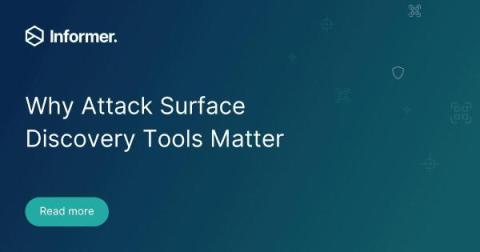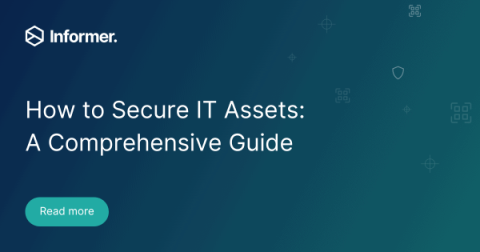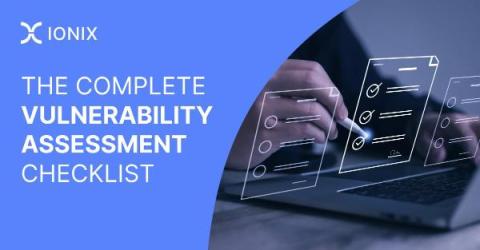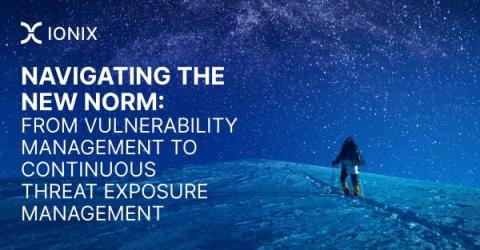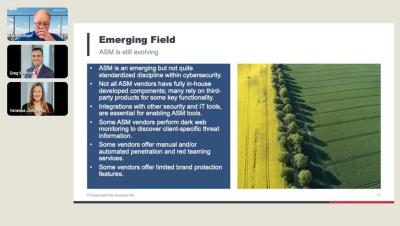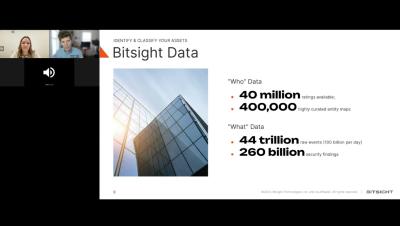Why Attack Surface Discovery Tools Matter
To effectively protect themselves from major threats and minimize cyber risks, organisations must fully understand their digital assets and systems. These could be targeted by unauthorised users looking to exploit weaknesses. However, gaining comprehensive visibility into all potential entry points in an attack surface is a significant challenge in today’s dynamic and distributed IT environments.


